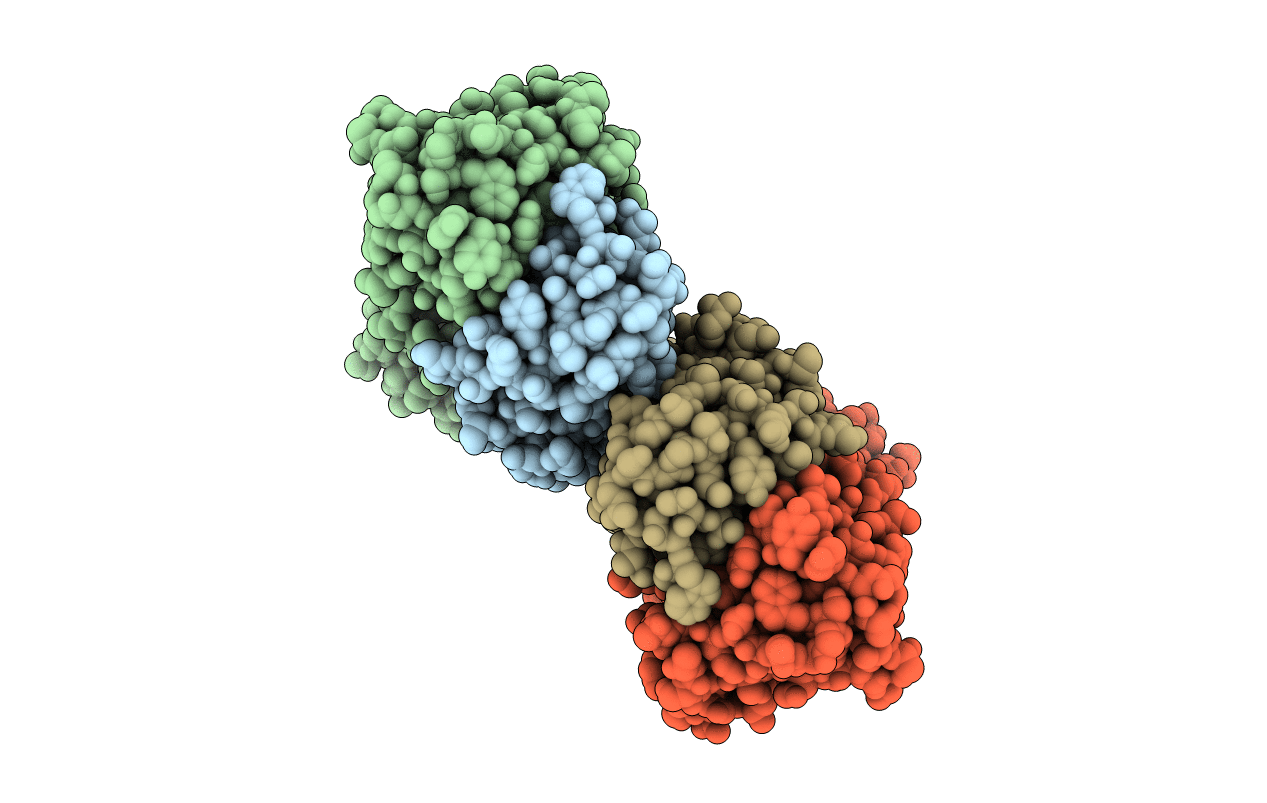
Deposition Date
2017-09-11
Release Date
2017-12-13
Last Version Date
2023-11-15
Entry Detail
PDB ID:
6AZK
Keywords:
Title:
Structure of cetuximab with aminoheptanoic acid-linked N-(3-hydroxypropyl)-L-arginine meditope variant
Biological Source:
Source Organism:
Mus musculus (Taxon ID: 10090)
Homo sapiens (Taxon ID: 9606)
synthetic construct (Taxon ID: 32630)
Homo sapiens (Taxon ID: 9606)
synthetic construct (Taxon ID: 32630)
Host Organism:
Method Details:
Experimental Method:
Resolution:
2.48 Å
R-Value Free:
0.21
R-Value Work:
0.17
R-Value Observed:
0.17
Space Group:
P 21 21 21


